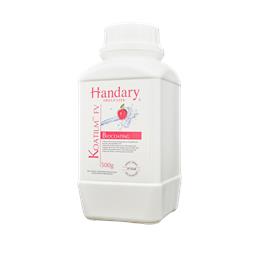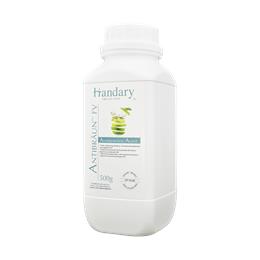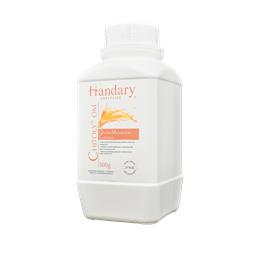Description
Fresh cut vegetables are vegetables that have been washed, peeled (if necessary), and cut into bite-sized pieces for convenience. They are usually sold in clear plastic containers with a lid, often found in the produce section of grocery stores or sold by vegetable vendors. Fresh cut vegetables are a healthy and convenient snack option, perfect for busy people who want to incorporate more vegetables into their diet. They can also be used as a salad base or added to stir-fries and other dishes. However, it's important to consume them soon after purchase, as they may spoil quickly compared to whole vegetables. The main spoilage issue are Enzymatic Browning and Yeasts & Molds.
Yeasts & Molds
Yeasts & Molds Iin fresh cut is very common because they have been cut and are exposed to air, creating more opportunities for microbial contamination. The growth of yeast and mold can cause the vegetables to spoil, affecting their appearance, taste, and nutritional value.
Yeast can cause fermentation of the vegetables, which can result in a sour or tangy taste, and in some cases, an unpleasant odor. Mold growth on fresh cut vegetables is characterized by a fuzzy, furry, or slimy film, which can be white, green, blue, or black in color.
To prevent yeast and mold growth in fresh cut vegetables, it is essential to practice good hygiene and sanitation during handling, cutting, and packaging. Proper storage at the correct temperature and humidity levels is also crucial to prevent spoilage.
Enzymatic Browning (Color Loss)
Enzymatic Browning (Color Loss) fruits and vegetables. When the produce is cut or bruised, the PPO is exposed to oxygen in the air and begins to oxidize certain compounds in the produce, such as phenols and catechols. This oxidation process leads to the formation of brown pigments called melanins, which cause the discoloration of the produce.
 English
English 简体中文
简体中文 Français
Français Español
Español


